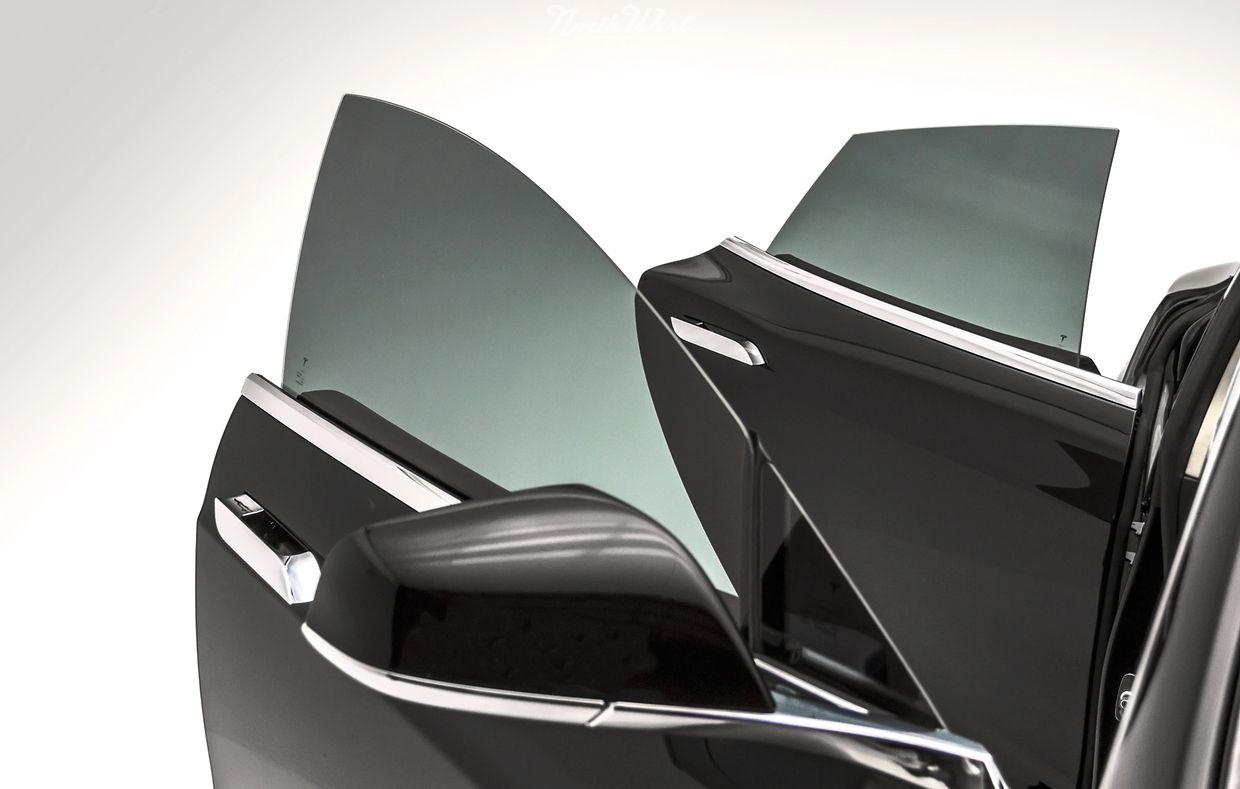Your Comprehensive Overview to DIY Home Window Tinting: Tips and Techniques
Embarking on a DIY home window tinting job provides a chance to enhance both the functionality and looks of your area. Prior to embarking on this venture, it is important to navigate the intricacies of local tinting guidelines and select a proper film that straightens with your goals.
Comprehending Window Tinting Laws
Navigating the complex landscape of home window tinting legislations is vital for any do it yourself lover seeking to enhance their automobile's appearances and comfort. Each state in the U.S. has specific policies pertaining to the permitted degrees of tint on different home windows, which can substantially affect your decision-making procedure.
Usually, these legislations dictate the maximum allowable Visible Light Transmission (VLT) portion, which describes the quantity of light that can travel through the tinted home windows. Some states allow just a particular percentage of tint on the front windshield, while allowing darker shades on back windows. Conformity with these regulations is essential, as failing to stick can cause fines or the demand to eliminate the color altogether.
In addition, there are often distinctions between passenger automobiles and commercial vehicles, with various policies applying to each classification. It's suggested to consult your local Department of Motor Autos or equal authority to gather precise info customized to your location. Understanding these legislations not only guarantees legal compliance but likewise enhances safety by keeping exposure and avoiding possible threats while driving.

Choosing the Right Color Film
Picking the appropriate color film is an important action in the DIY home window tinting procedure, as it straight influences both the appearance and performance of your car's windows. A number of aspects ought to direct your option, consisting of the type of film, its lawful conformity, and your wanted end results.
First, take into consideration the various kinds of color movies offered: colored, metalized, ceramic, and hybrid. Metalized movies use enhanced warm being rejected and resilience however can conflict with electronic signals.
Next, make certain that the film sticks to regional laws concerning noticeable light transmission (VLT) percentages. Conformity with these legislations is vital to stay clear of fines and make certain safety.
Necessary Devices for Do It Yourself Tinting
Having actually chosen the best tint film for your windows, the following action includes collecting the necessary devices to ensure a successful installation. The key devices you will certainly need consist of an energy blade or a razor blade, which is vital for reducing the tint film to the wanted dimension. A squeegee is also crucial, as it aids get rid of air bubbles and smooth out the movie during application.
Along with these main tools, a spray bottle filled with soapy water will certainly assist in creating a practical surface for the tint movie, enabling changes prior to it sticks permanently. A determining tape makes certain precise measurements for cutting the film accurately, over here while a soft fabric or lint-free towel is essential for cleaning the glass surface prior to application.
In addition, consider utilizing a heat gun or hairdryer, as this can aid mold and mildew the color movie to the shapes of the window and assist in adherence. Gloves are a good idea to prevent finger prints on the film during setup. By collecting these important tools, you will be well-prepared to tackle your DIY home window tinting job properly.
Step-by-Step Application Process
Begin by extensively cleansing the window surface to make certain optimal attachment of the tint film. As soon as the window is tidy, gauge the tint movie against the home window, allowing for a mild overlap on all sides.
Next, prepare an option of water and a couple of declines of baby hair shampoo in a spray container. Lightly spray the window surface area and the adhesive side of the movie. This solution will permit repositioning during application. Very carefully align the film with the top of the home window, guaranteeing it is right. Press the film against the glass, beginning with the center and working exterior to remove air bubbles. Use a squeegee to smooth the movie, applying firm, even pressure.
Enable the color to treat for at least 24 news hours without rolling down the windows. Adhere to these actions faithfully for optimum outcomes in your DIY window tinting project.
Upkeep and Care Tips
Correct upkeep and care of your home window tint is important to guarantee its longevity and efficiency. To start with, avoid utilizing rough cleaners or harsh materials when cleaning colored home windows. Instead, select a mild, ammonia-free cleaner and a soft microfiber towel to avoid scratches and peeling off.
It's suggested to wait at the very least a week after installation prior to cleaning your home windows to permit the glue to completely cure. Throughout this initial duration, avoid rolling down the windows to stop any kind of damage to the color.
Regular upkeep includes checking the sides of the tint for any kind of signs of bubbling or lifting (Window Tinting Folsom). If you see any type of concerns, it's finest to resolve them quickly to prevent further damage. Furthermore, beware with using home window treatments, such as tones or drapes, as they can create heat that may endanger the tint with time

Verdict
To conclude, embarking on a do it yourself home window tinting project requires cautious factor to consider of local guidelines, selection of suitable tint movies, and the application of important tools. A systematic application process makes sure optimum outcomes, while normal upkeep contributes to the long life of the color. By sticking to these guidelines, individuals can achieve both aesthetic enhancement and enhanced privacy in their spaces, image source making do it yourself window tinting a useful venture.